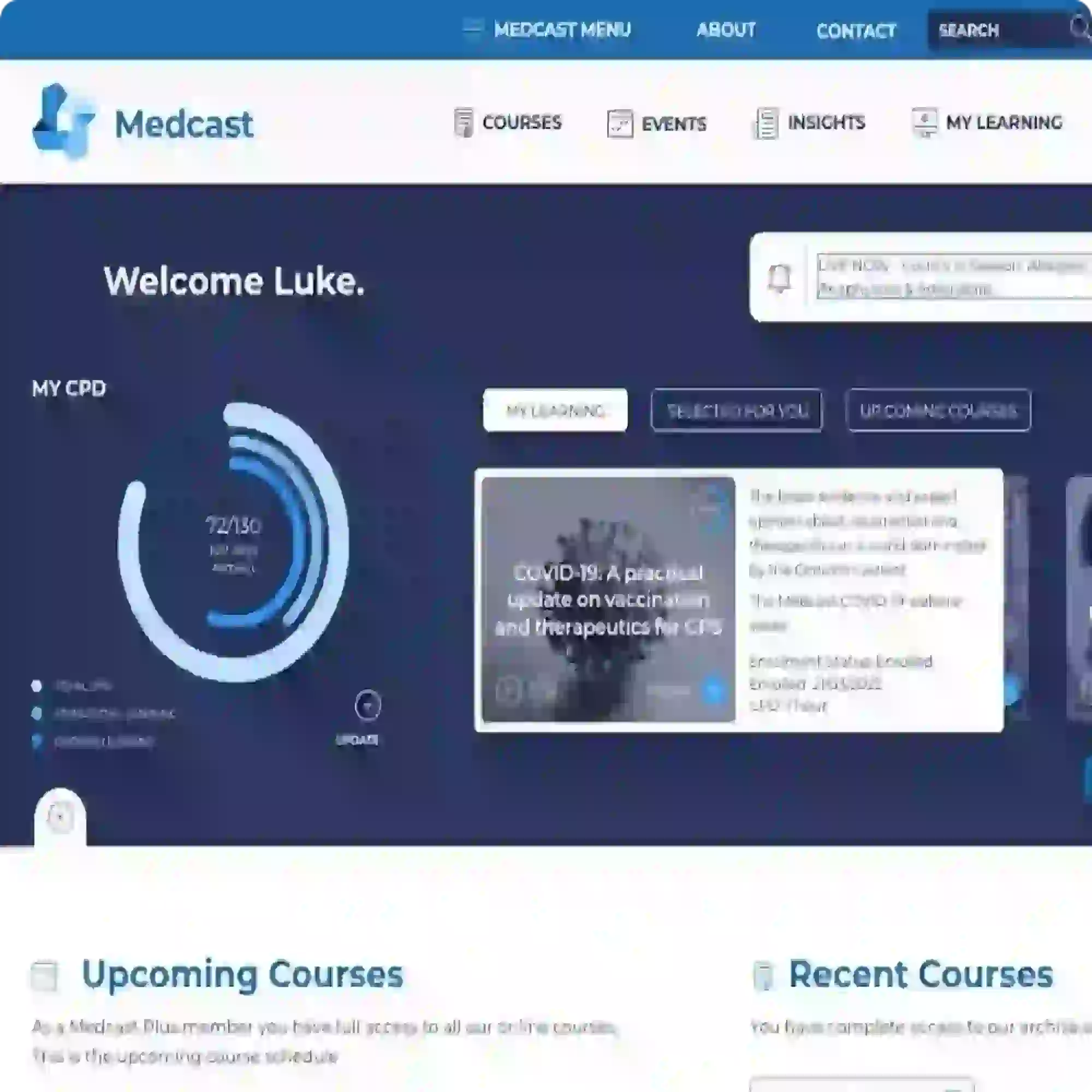Medcast news and blog
Co-billing and split billing: a practical guide for GPs
Co-billing and split billing are often a source of confusion for many GPs. This FastTrack clearly defines these two methods of billing, including examples, explanations of when it is and isn’t appropriate to co- or split bill, and common compliance pitfalls. 30 mins each RP and EA available with the quiz.
READ ON
The Coordinated Veterans’ Care (CVC) Program is a DVA initiative that allows GPs to provide structured, proactive care in the community for eligible veterans and war widows. This FastTrack provides a guide to billing the CVC program, and outlines a strategy for its practice-wide integration.

Achilles tendinopathy is a common cause of posterior heel pain and functional impairment. GPs are well-placed to coordinate care for these patients. This FastTrack fact sheet provides a concise summary of diagnosis and non-surgical management, including when to refer. Earn 30mins each RP and EA CPD with the quiz.

Over 3% of GP consultations in Australia involve skin lesions, yet many practices are billing these procedures incorrectly, putting themselves at risk of noncompliance or missing out on legitimate remuneration. This Business skills FastTrack explains the MBS item numbers pertaining to skin lesions for GPs, including eligibility criteria and practical tips.

Sarcoidosis is a chronic non-caseating granulomatous condition affecting multiple organ systems. This fact sheet contains what GPs need to know about risk factors, investigations, pharmacological and non-pharmacological management in primary practice, and when to refer. 30mins each of RP and EA CPD available with the quiz.

Multiple sclerosis is an incurable, chronic condition that is often diagnosed in the prime of life - between 20 and 40 years of age. Discover what you need to know as a GP about timely recognition of this disease and effective management, including the use of disease-modifying therapies. 30mins each of EA and RP CPD available with the quiz.

Oral mucosal ulcers are highly prevalent, affecting up to 25% of the general population. This FastTrack fact sheet contains what is important in primary care when it comes to assessing and managing these patients, including red flags for potential malignancy and when to refer. 30mins each of RP and EA CPD available.

Women suffering from endometriosis often experience diagnostic delay. This FastTrack fact sheet provides a concise summary of the diagnosis and management of endometriosis, including the role of hormone therapy and indications for referral. 30min RP and 30min EA CPD available with the quiz.

From 1 Nov 2025, the Australian government is making important changes with the Bulk Billing Practice Incentive Program (BBPIP). This FastTrack is a concise summary of how to make the most of the BBPIP, from registration, eligibility considerations, and a step-by-step approach to preparing your practice for the changes.

Two of the four core palliative care medicines are clonazepam and haloperidol, used respectively to manage anxiety and emesis in end-of-life patients. This FastTrack highlights the role of the GP in treating these two common symptoms, focusing on pharmacological strategies. 30mins each of RP and EA CPD available with the quiz.
